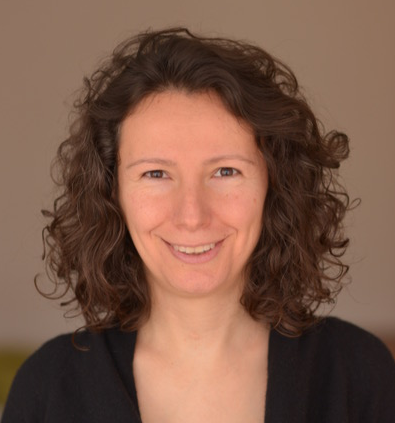
University of Bath, United Kingdom
TALK: “Learning multi-level skill hierarchies in reinforcement learning”
Abstract
How can autonomous agents develop useful action hierarchies on their own while interacting with their environment in pursuit of their goals? This research question is critically important for achieving fully autonomous behaviour in large, complex environments. In this talk, we will discuss two potentially useful approaches. We will first explore the graphical representation of the agent-environment interaction, focusing on how modularity maximisation can expose the temporal structure of this interaction graph at multiple levels of abstraction, enabling the creation of action hierarchies that closely match human intuition and improve learning performance. We will then explore, as an alternative complementary approach, agent behaviour that led to successful outcomes in the past, focusing on how recurring action sequences can be brought together to form new (higher-level) actions that enable rapid adaptation to new tasks. Both of these approaches generate multi-level action hierarchies, where lower-level actions are composed to form higher-level actions, which can facilitate intrinsically motivated open-ended learning.
Short Bio
Özgür Şimşek is a Professor of Artificial Intelligence at the University of Bath, where she leads the Artificial Intelligence and Machine Learning Research Group. Her research focuses on reinforcement learning and bounded rationality, drawing from a strong multi-disciplinary background that encompasses computer science, engineering, and psychology. Before joining the University of Bath in 2017, Prof Şimşek was a research scientist at the Max Planck Institute for Human Development in Berlin, Germany. She obtained her PhD in Computer Science from the University of Massachusetts Amherst. Prof Şimşek is Co-Investigator, and Machine Learning Theme Lead, of the UKRI Centre for Doctoral Training in Accountable, Responsible and Transparent Artificial Intelligence (ART-AI).